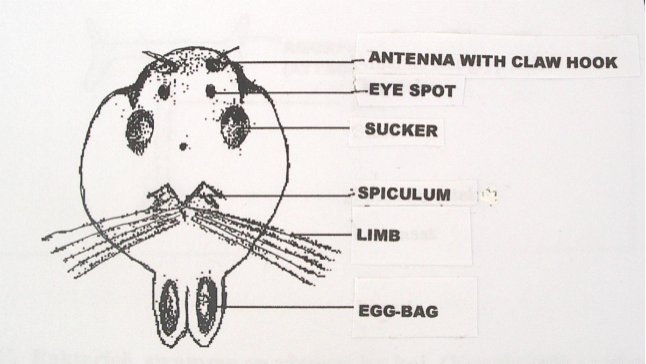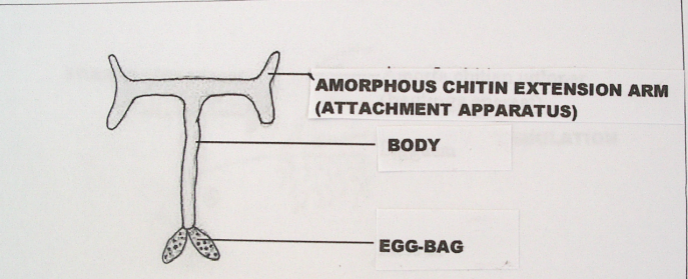Blood Parasites
Sleeping Disease Cryptobia
Identifying Sleeping disease:
Koi produced in soft water are sometimes carriers of Cryptobia. The parasite is “activated” when the immuno-resistance of the fish is compromised possibly after transfer into pond.
Diagnosing the symptoms in Koi:
- The fish swims lethargically and can be caught with the hand.
- The koi “goes to sleep” at bottom of pond and looks like it is sleeping (mostly lying on it’s side)
- The gills are pale red to white as a result of the reduction in red blood cells.
- The parasite can not easily infect healthy fish but can be transferred by flukes, fish lice and leeches.
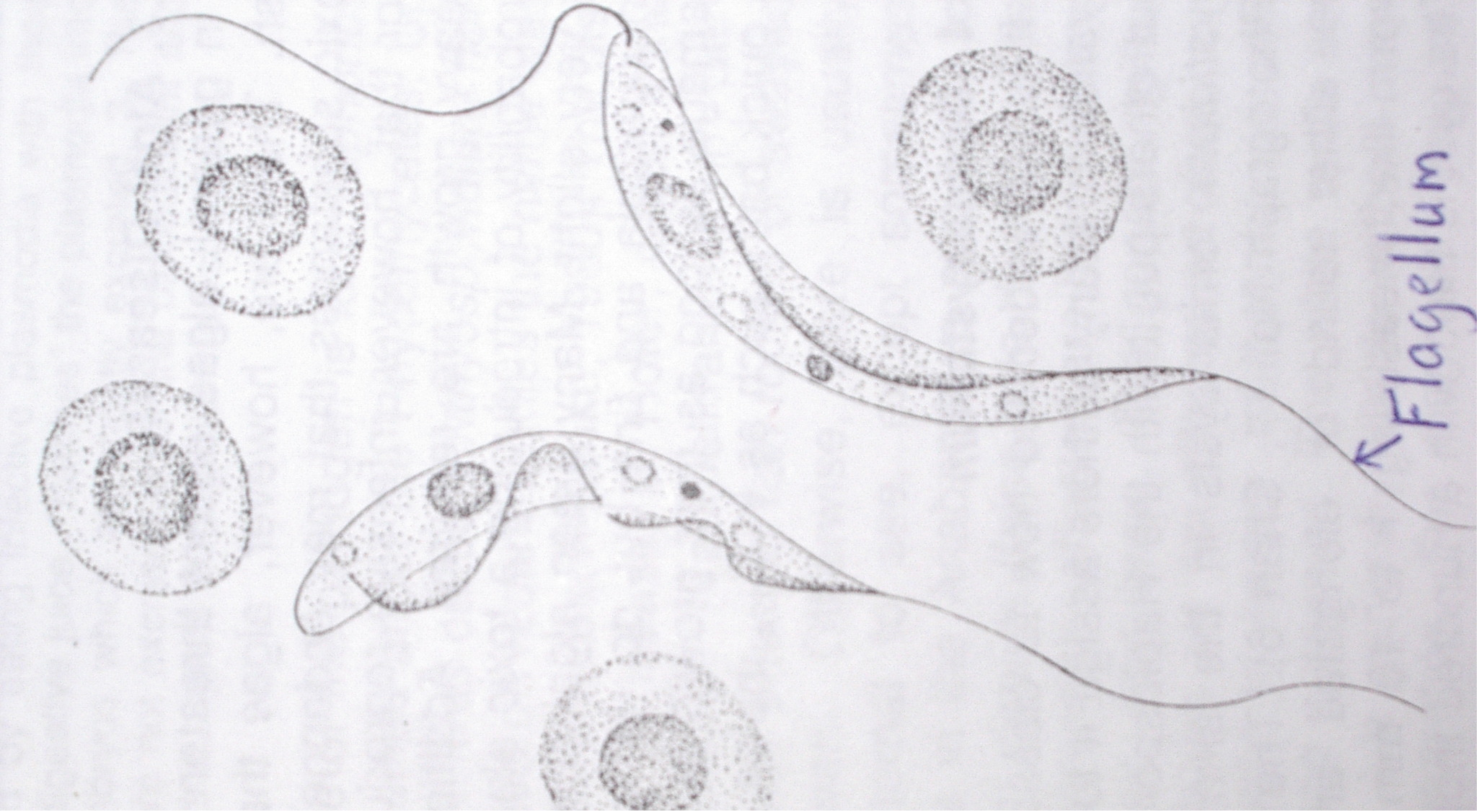
Gill and Skin Flukes
Identifying Gill and Skin Flukes:
The gill flukes possess eye spots and are egg layers.
The skin flukes do not have eye spots and they are livebearers.
The gill and skin flukes are also called hook worms since they possess posterior hooks that attach them to the host.
Diagnosing the symptoms in Koi:
- They flash and scrape against pond walls and floor and flick their fins.
- The gill flaps gape and there is excessive slime secretion.
- The fish hangs just below the surface breathing heavily (piping). Sometimes the one gill flap is open whilst the other stays closed.
- The fish eventually suffocates to death.
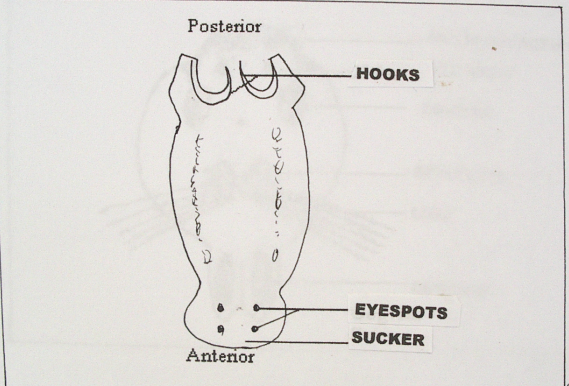
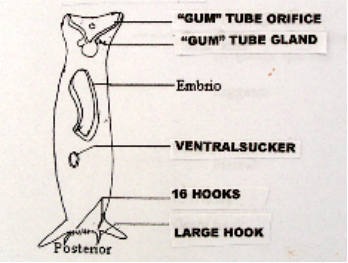
Fish Louse and Anchor worm
Identifying Fish Louse and Anchor Worm:
The fish louse is a vicious parasite. It also infects frogs. This parasite looks like a green little stick that protrudes from underneath of scales or from an inflamed spot on the non scaled body parts of the koi (underneath belly and on pectoral and tail fins).
Diagnosing the symptoms in Koi:
- The fish louse and anchor worm have suction discs, two antennas with claw hooks that penetrate the skin of the koi to retrieve blood.
- There is a poisonous substance injected by the louse that kill young fish. In big fish the penetrated skin can contract infection or inflammation.
- The wound can also be infected by secondary pathogens like bacteria and fungus.
- The louse may also directly inject bacteria/fungus spores and Cryptobia into the fish.
Treatment against the above mentioned ailments.
Contact a Koi Health Specialist for assistance urgently
